
Close to my home, you can admire a vitrified fort, or what is left of it. It is the Péran camp in Plédran, south of Saint Brieuc. Part of the wall was rebuilt in the last century by archaeologists whose goodwill does not compensate for disrespect. None of them could explain why some walls, especially in the east, have drips characteristic of vitrification. The remains show that this fort was destroyed, but how? And by whom?
Mysterious Vitrified Walls
My parents moved to Erquy in 1953. I have known the Péran camp for years; I have long held it to be a rarity. When I was an apprentice of the nagual Flornoy in his domain in la Mayenne, I could see other antique vitrifications in the historic village of Sainte Suzanne, near Le Mans, where my benefactor had withdrawn. Over time, I realized that this phenomenon of vitrification was much more widespread than I had thought.
Its range is about the same as the Celts — although they’re not necessarily responsible for it. On the basis of dating methods, as long as they are reliable, vitrifications would be concentrated over a relatively short period of time: 600 years, from the 9th to the 3rd century BCE before the common era. It is not proto-history, much less prehistory, it is already history in short, Roman antiquity. The foundation of Rome dates from the 8th century BCE.
All We Know
The term vitrified wall (or highly vitrified) refers to archaeological remains with characteristics involving heating at very high temperature and dating from a period between 800 and 200 years BCE. (Before Emperor Caesar?) These are most often constructions composed of blocks of sandstone, granite or other metamorphic rocks, welded together by a black, greenish or reddish mortar, resembling a cooled lava flow. To melt such granite walls, a temperature above 1100 and 1300°C is required.
Remains of vitrified enclosures have been discovered throughout Northern Europe (British Isles, France, Scandinavian countries, Germany, Hungary) but also in Southern Europe (Portugal). Various theories have been proposed to explain the formation of vitrified walls but none is satisfactory. (wikipedia)
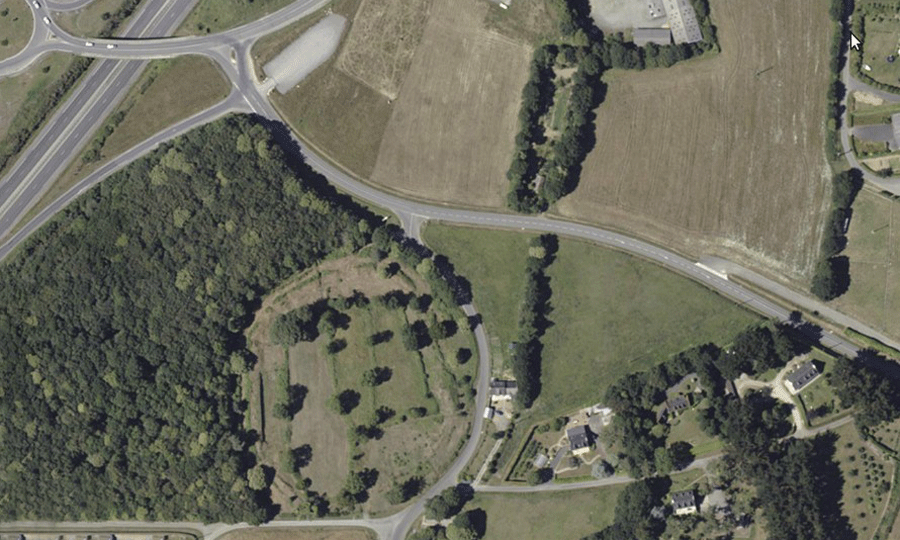
Why these vitrifications?
Yet their existence was already known in antiquity. Normal: they belonged then to a recent past. Of which, it seems, we had already forgotten everything. We re-examined it in the 18th century. A first vitrified wall is reported in the cellar of a house of Sainte-Suzanne in Mayenne in 1759.
For the little story that is mine, my benefactor ended his life in this house, a semi-ruin of the 18th century in its juice. The vitrified wall was even more beautiful and surprising than at the Péran camp. Dreamer, I contemplated this wall or its twin brother… that I find a quarter of a century later in the online encyclopedia! So, I question the language of the goslings. We keep aid ya means: we help you, or yes, we keep aid, depending on the meaning given to ya.
Not far away, We-help-you reports another vitrified wall in the works of a castle. It was a naturalist from Le Mans, the city closest to Sainte Suzanne, who reported it in 1806. I do not know what these coincidences mean, but as chance does not exist, they attest to my strange links with vitrification. It may well be that a hot fight shook the area a few centuries Before Caesar Emperor. It could also be that my good city of Erquy, of an antiquity which goes back at least to Greece, like Marseilles, conceals some vitrified wall? Which, I hope, will be discovered in my lifetime.
Naturalist Louis Maulny, born in Le Mans in 1759, is the author of the first scientific mention of vitrified stones. He describes them as follows in 1806: “before entering the city, La Houssaye showed me at the end of the terrace of his garden a section of wall of the old fortifications, whose stones and mortar passed into the state of glass, whose color is a blackish green. This section of wall is about seventy feet long (about 23 m) by eight feet thick (2.60 m) and three to four feet high (1 m to 1.30 m). It is hardly possible to explain how this fusion took place: it took a very violent fire to penetrate a mass of stones of this nature and reduce it into glass.” (wikipedia)
Violent indeed! What naked fire could reach the temperature of 1300°? None. You can get it in an oven, never outdoors. So? How did our ancestors vitrify their ramparts? And why did they do so? The investigation promises to be arduous: this know-how seems out of nothing. It lasted only 6 centuries and then disappeared completely. And with it, the methods used and the aims sought.
These forgotten myths
Reason and logic will not go any further. Beyond that, there are gold myths. Celtic mythology is almost ignored by the general public, probably because the Celts and the Gauls mistrusted writing, favoring oral transmission. In France, since Charlemagne, school history is based on writing. At home, apart from Jean Markale who has reached a large international readership, Celtism enthusiasts are discreet. It’s not the same in the British Isles, where there are many very relevant experts. Enough to complement our weaknesses …
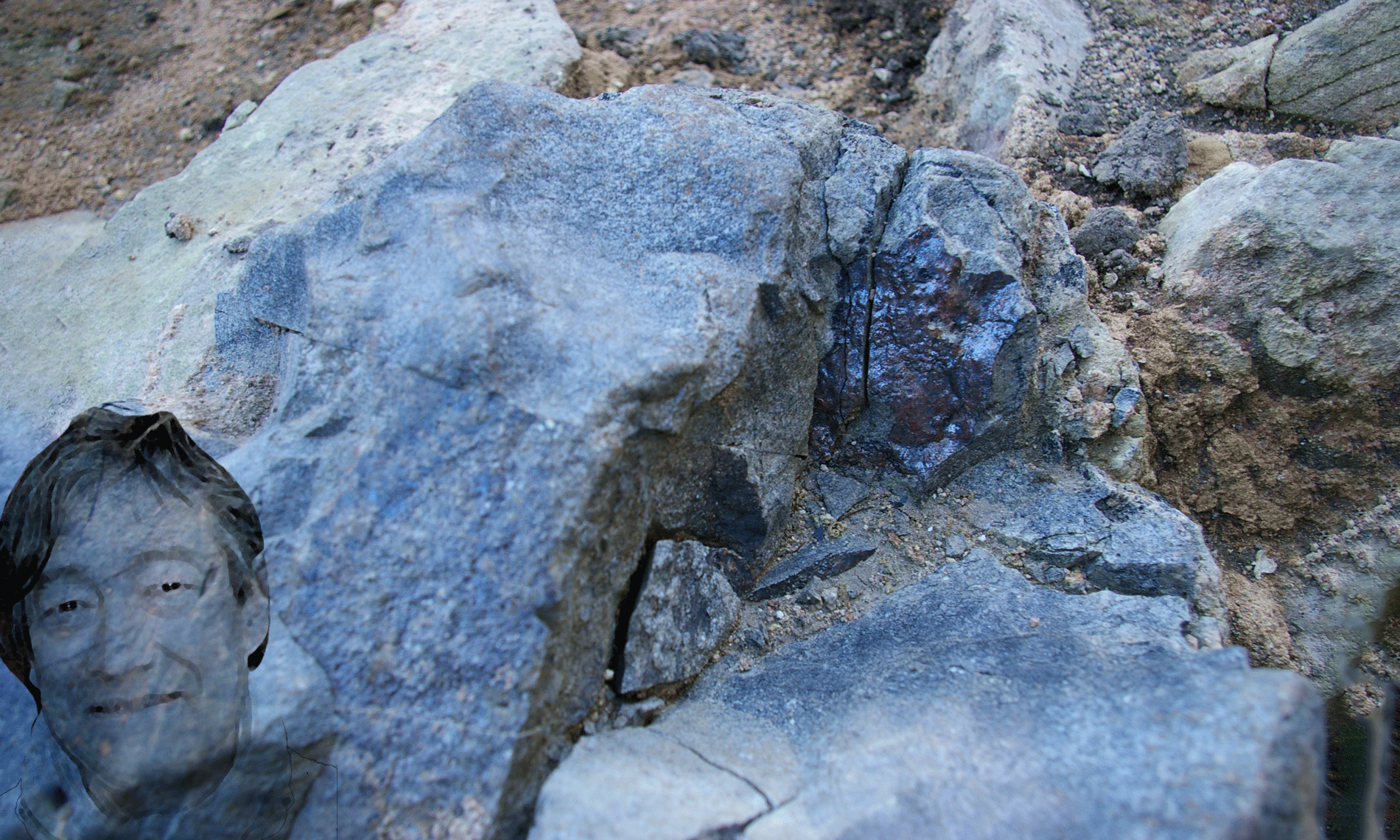
In his best-seller The Celtic Woman, Markale makes the connection between these vitrified fortresses and glass castles, glass cities, etc. that abound in Celtic mythology. It is necessary to see in this process of vitrification the origin of the traditions concerning the Urbs Vitrea, Care Gwtrin and other places of the genus Kingdom of Gorre, that is to say, Cities of Glass that meet so often in Arthurian novels and generally in all Irish or Breton mythological traditions. The White Cities of the oral tradition, which all refer to ancient ruined fortresses, are an obvious memory of this technique, otherwise perfectly forgotten.” (Markale, op cit)
The kingdom of Gorre is an imaginary territory, quoted in the Arthurian legend. Its capital is the city of Baden-Baden, where Méléagant, prince of that kingdom, holds Guinevere prisoner. –Wikipedia (EN)
The fire of heaven
If all cities of glass, glass castles, or white cities actually designate ancient vitrified forts, the phenomenon is much broader than the archaeologists admit. Thank you, Mr. Markale!
In his book devoted to Merlin the enchanter, a note at the end of the volume precise: “In the Historia Brittonum, the author claims that «the fourth night, the whole citadel was set ablaze by the fire of heaven.” This proves a supernatural origin, concludes independent researcher Roland Comtehttp://ilesaunord-du-monde.blogspot.com/2014/07/lenigme-des-forts-vitrifies.html — to whom this article owes much.
I don’t think it proves anything. The fire in the sky is primarily lightning, which is not supernatural. Nor is a flamethrower. It is just anachronistic if we refuse to admit that our distant past was technological. A dragon that spits fire would be no more supernatural than a flamethrower, as long as you see something other than a fairy tale. Without being moved, one could read: the whole citadel was set ablaze by the fire of heaven, spit by a flying dragon.
Dragons existed: all mythologies mention them, identical. I even think they still exist, somewhere under our feet. The Gnosis call them Archons.
The Island of the Tower
Tory Island, off the west coast of Ireland, is a hotbed of vitrification. Formerly called Torinis, from Tor Inis = Ile de la Tour, it owes its name to one of the many round towerstours that still stand in their hundreds on Isle VerteIrlande and in Scotland. We still don’t know what the actual use was. The most common hypothesis goes back to the very beginning of the Christian era; they would then have served as bell towers and watchtowers but also as vaults in which the monks would have stored the treasure of the monasteries, to protect him from Viking raids.
At least that is the generally accepted explanation. I wonder if tor means the tower. We can approach the German tor, the door. What if these towers were gates? Gates to the world below, the sub-world colonized by the Reptilians. Or doors to other dimensions, hyper space, or something. Let’s not forget that the Archons–so Balor and his–came from elsewhere. They are star travelers. They have to have spaceports… or astro gates?
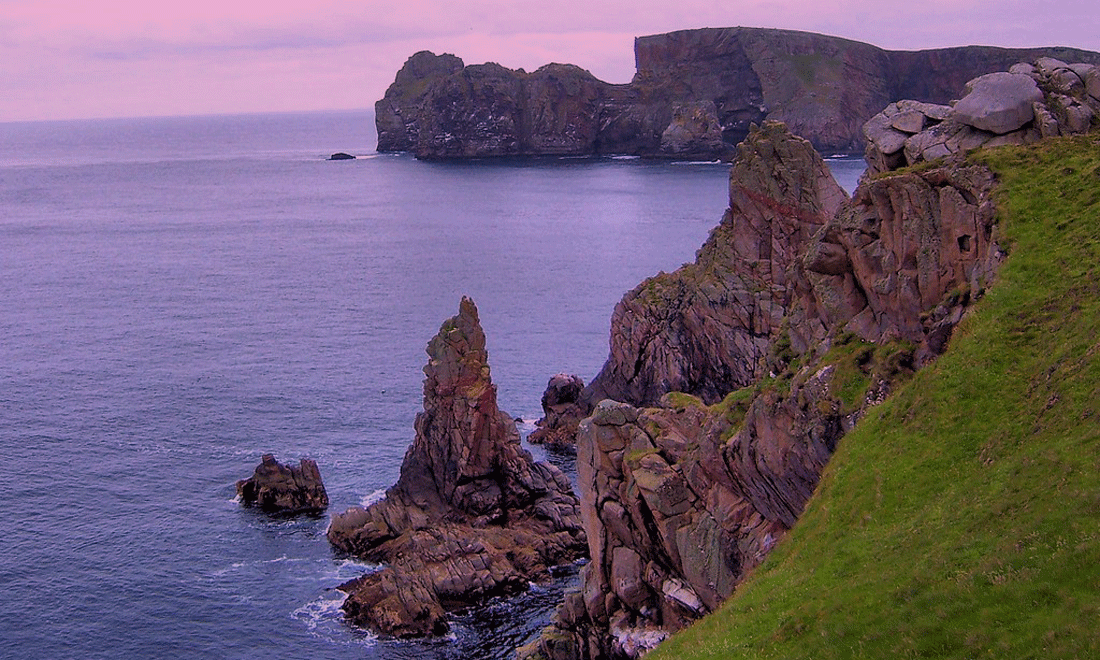
Megalithic Towers
These towers so numerous do not resemble other constructions. How to explain that most of them are still standing and mostly intact, while the monasteries around them have been razed? The extraordinary quality of their architecture, made of beautifully matched stones without mortar probably explains in part the mystery. These towers are the work of megalithic civilizations.
The Tory Island Tower so strongly marked the local history that the island itself took the name of the tower. Tor Inis, tower island in Irish Celtic. Enez Tor in Breton.
The Fomorians had set up their base camp precisely on this island. From Torinis, they launched their military expeditions to Ireland, then occupied by their enemies the Tuatha De Danann, the People of goddess Dana Ann. Roland Comte wrotehttp://ilesaunord-du-monde.blogspot.com/2014/07/lenigme-des-forts-vitrifies.html “The Tuatha Dé Danaan were in the Northern World Islands, learning science and magic, druidism, wisdom and art.”
Seven Days of the Creation
The Four Northern Islands are often attested in the mythology of Ireland and Scotland. These are but the four districts of Hyperborea. These are but the four continents that form the extraterrestrial world of the great mother ship. The former gods came to seed Terra several billion years ago. The great ship Hyperborea returned to our planet four times then to develop, build and populate it.
For their sixth intervention, it is a few million years old, the former gods came to create our humanity which is currently experiencing its final decline. The ultimate end of kali yuga can unfortunately last another century or two… The golden age is always remote, constantly handed to the Calendes. It is frustrating, but at the same time we are not in a hurry: this new golden age will be our end. It will be for the sixth humanity. We already knew ours sixty-two thousand years ago.
The visits of the former gods are recounted in biblical Genesis as the Seven Days of Creation. These days could have lasted several billion years.
And on the seventh day the gods rested.
The Gods of Hyperborea
Neither the Tuatha nor the Fomorians were Irish. They came from the four islands of the North of the World, another name for Hyperborea, mother ship of the former gods, like all the other gods. Both Tuatha and Fomorians were endowed with powerful powers and with reputedly magical weapons. If you look closely, this magic evokes some of our most modern and destructive techniques, such as bacteriological weapons, laser gun or plasma cannon.
The Bible evokes the destruction by Yahweh Sabaoth of two cities, engulfed under the Dead Sea. Sodom and Gomorrah appear to have been razed by two nuclear bombs.
The Mahabharata, too, abounds in very realistic descriptions of devastating weapons. Without ambiguity, the sacred Hindu text presents them as machines of death capable of reducing entire cities to ashes. The descriptions are as accurate as they are terrifying. Some resemble current atomic weapons. Others evoke very high-tech weapons that our ancestors had to know to describe them so well. These weapons of mass destruction are not all being reinvented at this time, but with the help of the Archons, a new Oppenheimer will soon have developed them.
The Fomorians are chiefly good at fighting. Hideous and demonic, fathers of chaos and destruction, they wage a permanent war against all, gods or humans. But their favorite enemies are their alter-ego, the Tuatha De Danann. These two tribes are irreducible enemies, yet inextricably linked by family crosses. Their eternal conflict is told in the Cath Maighe Tuireadh, source of most of the information I report in these lines.
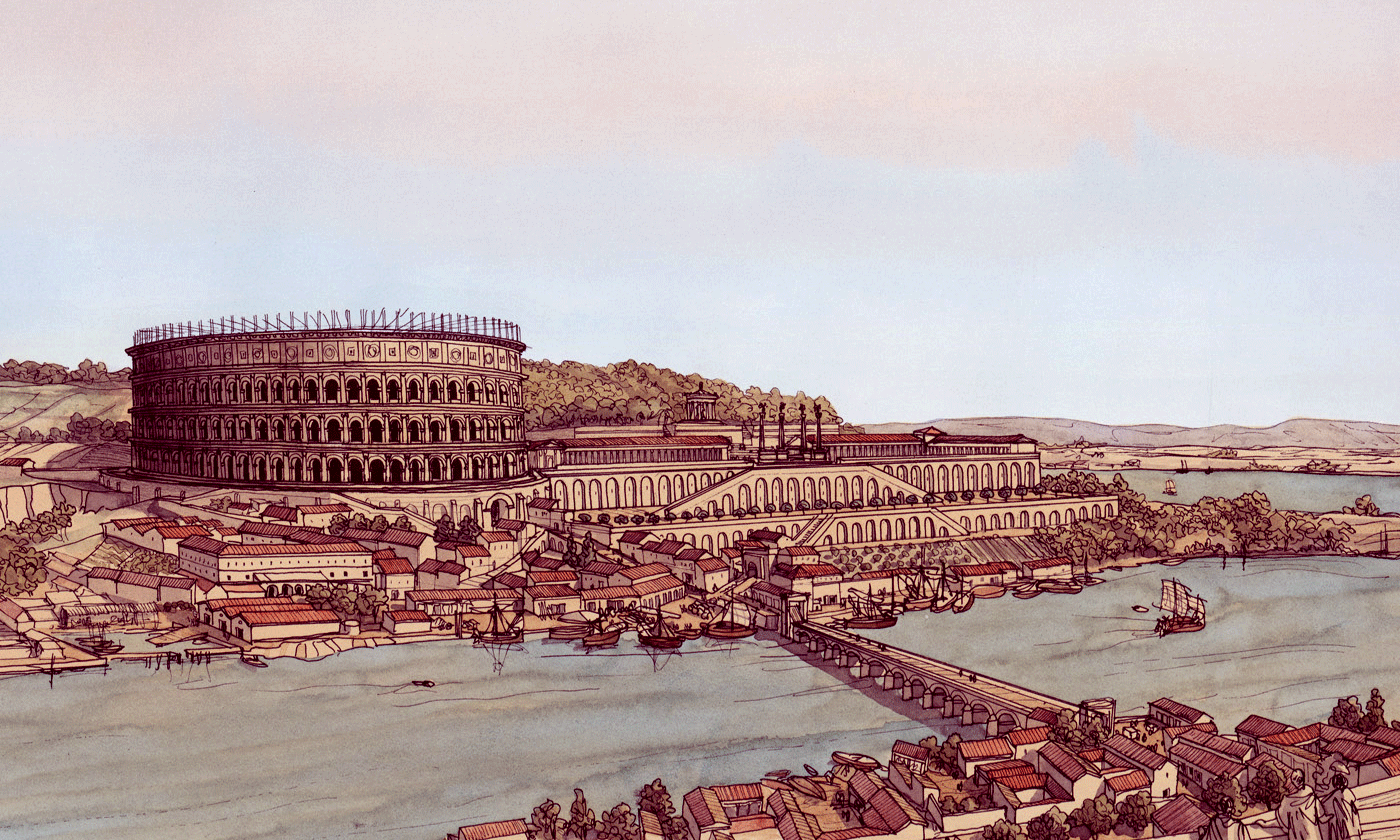
Baal+Or
In Irish Celtic mythology, Balor the monster is king of the Fomorians. Inhuman in its appearance as in its acts, endowed with an invincible force, the giant Balor has everything of the dragon. His name resisted me, I asked advice from a dear friend, Alain Aillet. Specializing in the language of origins he has been tracking for ten years, he is the author of several remarkable articles whose reading I cannot recommend enough: The Golden Tongue, Sounds and languages, Planet Babel, Teutonic Archetypal Language, From Tautavel to Bozouls, Planet E.
As usual, Alain Aillet deciphered it immediately. Balor, according to him, comes from Baal+Or = the god Baal from Our, planet of the Goddess Ana — aka Dana Ann for the Irish.
Balor was a kind of cyclops whose huge eye sent deadly lightning. Or, like the god Hashem in the Torah, an old fire-breathing dragon. He and his demon people are Archons, from Hyperborea like the other gods, people of the goddess Dana Ann.
The king of the Fomorians was dubbed Evil Eye Balor. His great eye had the power to kill anyone who made the mistake of looking him in the face. It was open only during battles and it could decimate great armies. The eye was so big and their eyelids were so strong that it took four men to lift them. (source)
Four servants of a war machine? Balor, a machine? Or, like the Goliath cyclops of the Bible, or the Polyphemus cyclops of the Odyssey, was Balor so tired of too long life that he could no longer work his muscles?
The fortress of Lugh
Without forcing the line, Balor could be one of the gigantic exterminating robots of the Star War. «He is a frightening giant whose only eye strikes an entire army when he lifts the seven eyelids that protect him».
This evil eye had to be kept open by metal hooks, manipulated by several helpers who stood carefully apart to do his work of death.
Balor’s descriptions are chilling. They are more like a war machine than a living being, even a monster. If he had been a machine, how would he have taken a mate? Like his wife Tuatha could she have given him descendants? And not just any: his grandson remained the most famous of the Celtic gods, Lug, which is also written Lugh.
Lugh is dedicated to the city of Lyon, Lugdun in Gaul, which became Lugdunum in Latin. Dunum comes from dun, which means the fortress in the Celtic language. Lugdun is found in the good town of Loudun, another fortress of the god Lug.
Moïtura
King of the Fomoires, the giant Balor had established his headquarters on Tor-iniz (Tower Island). There, the dragon was at home as his grandson, Lugh the Tuatha, was at home in his fortress in Lyon.
In Ireland, the Fomore and the Tuatha de Danaann clashed in the three battles of Moïtoura which is written Mag Tuired. During one of the three battles, the god Lug, a cyclops too, managed to neutralize the eye of Balor, which ravaged the ranks of his companions. He caught his eye with his personal spear, which the texts refer to as Gae Bolga, the spear of Assal, one of the four magical objects from Hyperborea.
This object also had extraordinary properties: it never missed its goal and, after accomplishing its destructive work, it returned to the hand of its master. To cool it, it had to be dipped in a cauldron filled with poison or black fluid, which was assimilated to human blood.

Gae Bolga
Jean Markale gives more details on this fabulous instrument: «Lug is the possessor of a magic spear that reminds us of the arrows both murderous and healers of Apollo. Her name is Gae Bolga. It’s the emblem of lightning. It comes from Assal, one of the northern islands of the world (allusion to Hyperborea) from where the Tuatha Dé Danann were born. This spear had a poisonous and destructive power, and to attenuate this power, the tip had to be plunged into a cauldron filled with poison and ‘black fluid’, that is, with blood. After being launched, using a particular cry, ibar means if. Once hit her goal that she never missed — “its value is such that it does not strike by mistake” — she found herself the hand of the god thanks to another cry, athibar. “She goes back to the hand that threw her” concludes the Cath Maighe Tuireadh”. (source)Jean Markale, in Les Celtes et la civilisation celtique
What was this object? What amazing technology was used by Balor and Lug to wage war against each other? These arrows, both deadly and healing, and the emblem of lightning evoke the ray throwers of Greek and Egyptian antiquity. Rays came out of the ankh, a handgun, or the crown of Osiris, or the lyre of Orpheus, or the tyrse of Dionysus, or the caduceus of Hermes — these “weapons” threw rays that could kill or heal, transform or awaken: the shooter’s choice.
However, vitrification does not necessarily come from a weapon or a bomb. The period of the vitrified walls is too short and too localized to be assimilated to the arsenal of the gods before. The monstrous king of the Fomoires, Balor or Baal of Our, seems a safer track. Is it not strange that the Tower of Toriniz, at the head of the article, the exact place where the giant Balor lived, was vitrified? By some supernatural means used by Balor or Lugh, his attacker?
Jealous gods
No, it’s nothing strange or supernatural. Yet we must understand the myths, not as stories of symbolic value, but as the description of very real monsters that populated our distant past, a past of horrors that really occurred. Balor is a reptilian, like all the gods before him. It was these Reptilians who created us, they too exploited us, tortured us, burned us alive, exterminated and devoured, if necessary.
Dragons spitting fire to roast their human victims. Monstrous flying snakes capable of vitrifying granite with their blazing breath. Does not the Bible say that Yaweh Sabaoth, god of armies, had placed two cherubim to keep access to the earthly paradise? Thus the Eden risked no intrusion, for their flaming swords could melt the hard stone and vitrify its surface as easily as volcanic lava would.
The flaming swords are a metaphor for the fire they were spitting, flames with temperatures as high as 1500°C. In the Torah, Hashem, the god of Moses, is described as Balor. A vindictive, angry reptilian monster. I am a jealous god, he exclaims before roasting some of his human servants that he will then devour by hiding in the Tent of Rendezvous, to be out of sight.
You can imagine that a dragon’s meal was frankly disgusting. If you have ever seen a snake drool on its prey until it turns into a kind of sticky ball before swallowing it round, you will understand what I am talking about. Their saliva contains traces of the venom they produce. This venom facilitates the digestion of reptiles, exactly as do the acids that our stomach secretes.
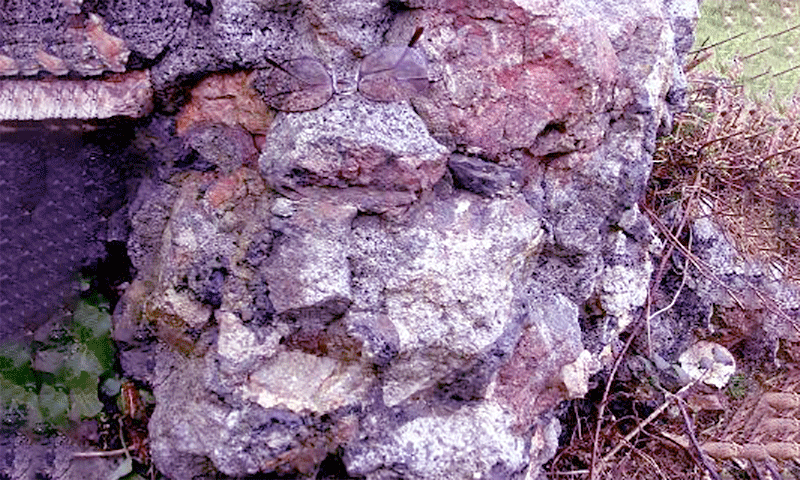
Sorry to leave you on these sad words, I must put an end to the longest article of your Saga with more than 3000 words!


